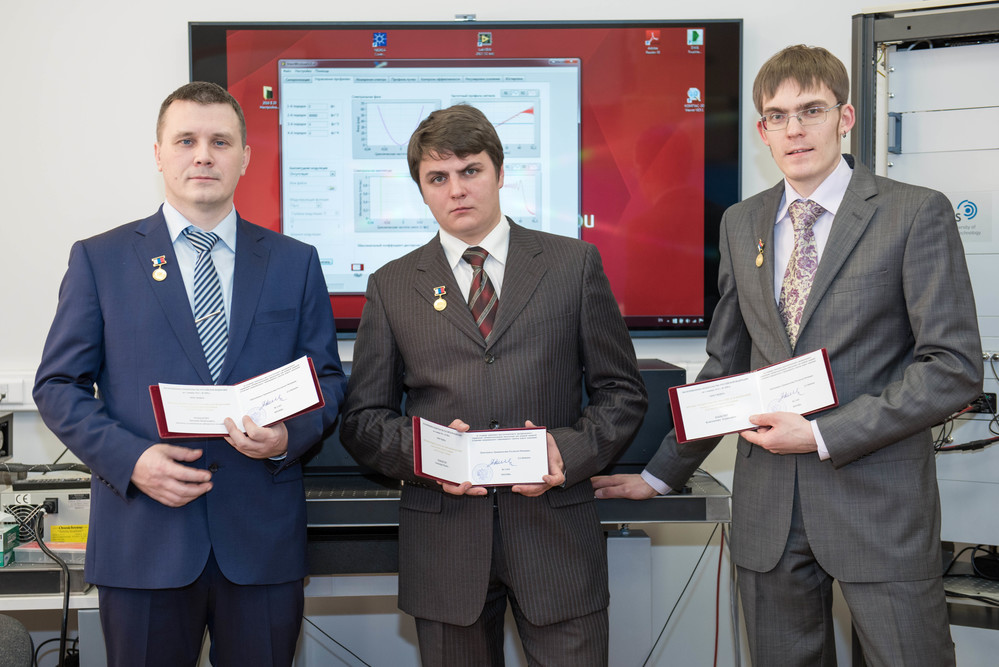A group of scientists from the NUST MISIS R&D Center of Acousto-optic have received the Russian Federation’s Government Award for young scientists in the field of science and technology for 2016.

The prize is awarded for the development of a setup of acousto-optic control for a powerful laser fusion device of a new generation. Alexander Chuzhikov, a category 1 engineer, and Konstantiv Yushkov, a leading research fellow and Candidate of Physical and Mathematical Sciences, were named winners. The research was held in conjunction with colleagues from the RFNC-VNIIEF. Vitaly Romanov, a Senior Researcher at RFNC-VNIIEF, led the development team.
Developed at the NUST MISIS R&D Center of Acousto-optic, the system allows the operators to responsively control the parameters of ultrashort laser pulses to increase peak radiant power.
The new software-hardware system is designed to be used by a next-generation inertial confinement fusion facility, now being built in Russia. The equipment’s flexible architecture creates wide-ranging prospects for using it on other ultra-high power laser systems.
Controlled thermonuclear fusion is among the most promising alternative energy sources. Scientists are mostly seeking to simulate controlled and sustainable nuclear fusion processes, namely, the transformation of hydrogen isotopes into helium, in laboratory conditions; they are the main source of solar and stellar energy.
The idea of laser thermonuclear fusion is to heat and contract a target, a miniature thermonuclear fuel capsule/pellet, with the help of a powerful and short laser pulse. Laser pulses accomplish two major objectives: Powerful pulses directly “confine” the target, and a succession of shorter pulses makes it possible to assess the state of the target during contraction.


